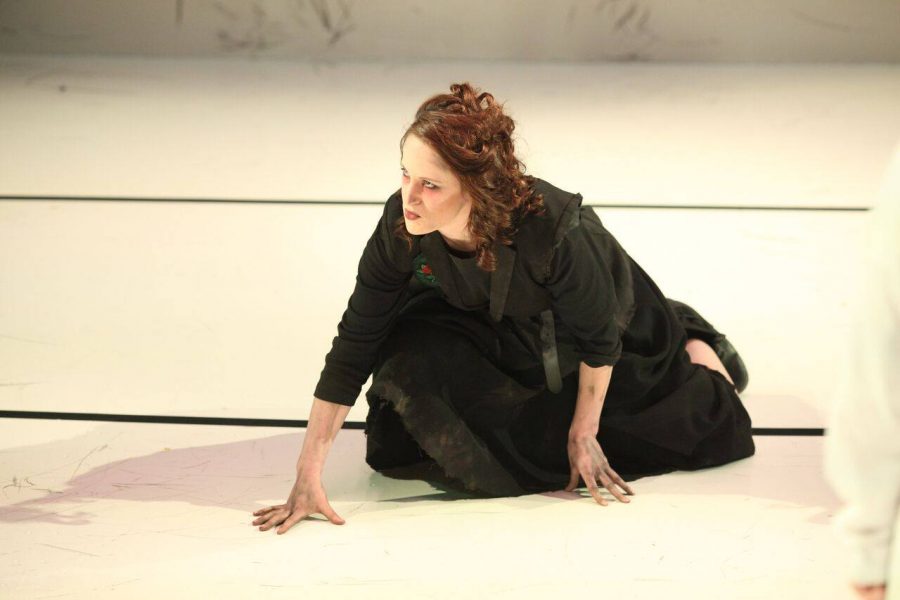All-Female Cast Breathes Relevancy Into ‘Richard III’
Courtesy of Columbia Stages / Facebook
Columbia MFA Directing Candidate Nana Dakin reimagines Shakespeare’s “Richard III” with an all-female cast.
April 2, 2018
When I mentioned to friends that I was seeing William Shakespeare’s “Richard III,” I was frequently cautioned, “Don’t fall asleep.” Shakespeare is known for his amazing comedies and tragedies, but “Richard III” belongs to his lesser known genre of histories. So when I went to see Columbia University’s Master of Fine Art program do an all-female version of Richard III, I braced myself.
But these premonitions of falling asleep couldn’t be further from the truth. While the Shakespearean language was still daunting, the actors were so incredibly skilled at handling the material that their performances were enveloping. The actors’ physicality and use of the language allowed complex text to appear simple and amplified the characters’ key qualities.
Directed by Nana Dakin, 2018 Columbia MFA Directing Candidate, “Richard III” was her directorial thesis. Before arriving at Columbia, her work was predominantly devised stage productions, where Dakin and her actors created work in reaction to current events. And in this production, Dakin seems to effortlessly blend her affinity for this movement with the bard’s work.
“Richard III” follows the rise and fall of King Richard III of England and the bloody determination that defined his short reign. Told through the voices of an all-female cast, the production reexamines the confines of gender and power. Bearing movements like Time’s Up in mind, Dakin asks the audience, “How far is too far to get what you want?”
The stage was kept empty except for three black bands on the ground, all of which appeared to be painted on. Richard III (Katie Mack) would reach down and bring up the bands at key moments in the play in an attempt to assert power in her desire for the crown. During fight scenes, shadows of the characters were projected onto the walls to make them appear larger than life.
But most notably, the casting of female actors in all the roles positioned the characters with a different perspective, to the point where their gender seemed to be both acknowledged and erased.
Each cast member, with a few exceptions, played multiple characters. When coming onstage it would take a moment to adjust to their new characters, but the actor would find new ways to differentiate them each time. Adjustments as big as changing the way the characters walked and as small as maintaining a certain expression or glimmer in their eyes were used by the actors to evoke full body transformations.
Regardless of any assumptions one may have before going to see Shakespeare, the sheer volume of productions of his plays inspires those working on new projects to get creative. In this work, it was clear that the team and the performers crafted something new out of something old, not by adjusting the actual material or adding in cultural relevance, but by fully experiencing the work and using its process to allow the audience to understand the complex language.
“Richard III” ran at The Lenfest Center for the Arts through March 31.
A version of this article appeared in the Monday, April 2 print edition. Email Emma Hernando at [email protected].
























































































































































